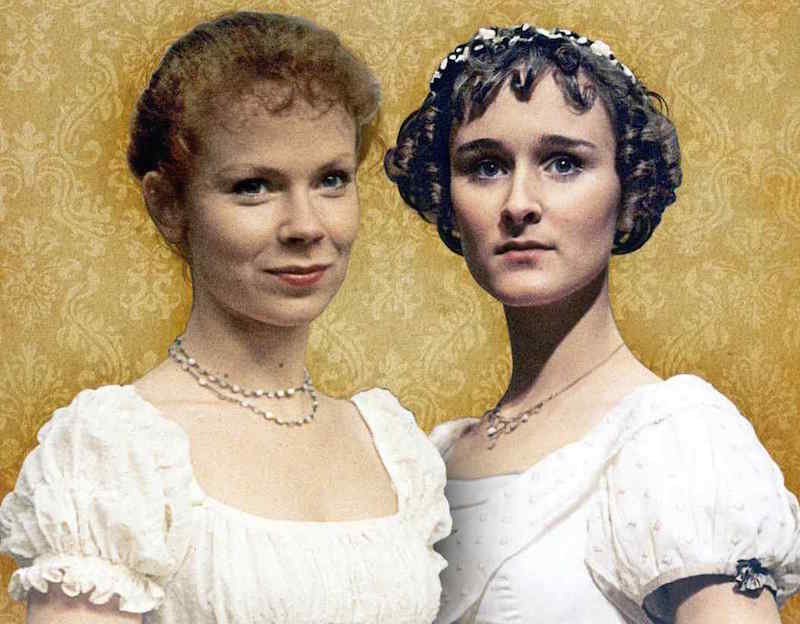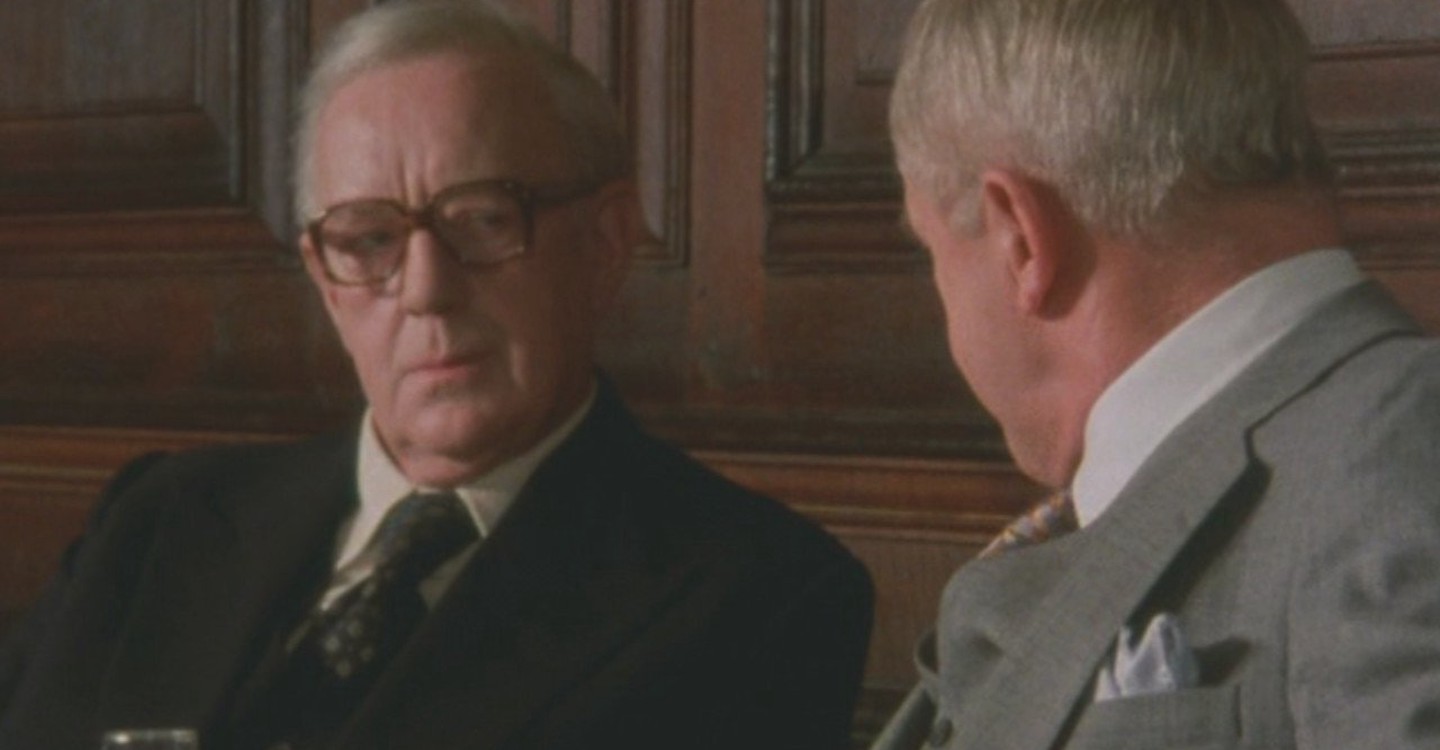
“MRS. McGINTY’S DEAD” (2008) Review
Since it first aired on television, I must admit that I have paid scant attention to “MRS. McGINTY’S DEAD”, ITV’s 2008 adaptation of Agatha Christie’s 1952 novel. I find this amazing, since the novel has always been a favorite of mine. I am not claiming that the 2008 movie is terrible. I was simply distracted by other matters during my last two viewings. This third viewing proved to be the charmed and I finally was able to ascertain the movie’s quality.
Unlike its literary source, “MRS. McGINTY’S DEAD” was not set in the early 1950s. Because the television adaptation was an episode of “AGATHA CHRISTIE’S POIROT”, screenwriter Nick Dear transform the setting to the 1930s. There is some unwritten rule for the series’ producers that all“POIROT” adaptations had to be set during that decade. Why . . . I do not know or understand to this day. However, changing the story’s setting to another decade did not harm it, unlike “THIRD GIRL” or “TAKEN AT THE FLOOD”. Dear also remove a few characters – including two from a newspaper article that is featured in the plot. And the literary characters of Maude Williams and Dierde Henderson are merged into one – Maude Williams. Fortunately, these changes had no negative impact upon the story.
In “MRS. McGINTY’S DEAD”, the lodger of a dead charwoman is convicted of her murder and sentenced to be executive. Superintendent Spence, the case’s investigating officer, suspects that James Bentley is innocent of Mrs. McGinty’s murder and asks Hercule Poirot to investigate the case for him. Poirot travels to the village of Broadhinny and discovers that Mrs. McGinty had often worked as a cleaner at the houses of people in the village. He also discovers among her possessions a newspaper published a few days before her death and that a particular article had been cut out, which he later discovers was about four women connected with famous murder cases. Mrs. McGinty had also purchased a bottle of ink from a local shop. Poirot concludes that Mrs. McGinty had recognized one of the four women and had written to the newspaper for more information. One of Mrs. McGinty’s cleaning learned of her discovery and killed her before she could talk.
After my recent viewing of “MRS. McGINTY’S DEAD”, I realized that I did this movie a disservice by paying scant attention to it during my earlier viewings. The movie proved to be very entertaining and a worthy adaptation of a novel that has long been a favorite of mine. First of all, Christie created an intriguing, yet entertaining mystery that kept me guessing, until the last pages. And both Dear and director Ashley Pierce did an excellent job in translating Christie’s story to the screen, maintaining its drama with links to the mysterious past and humor. Speaking of the latter, “MRS. McGINTY’S DEAD” proved to be one of the funniest Poirot mysteries I have ever come across. Since this story is a “village mystery”, a rarity for a Poirot story, audiences get to witness the Belgian-born sleuth struggle as a guest at an untidy country manor-turned-guesthouse. The movie also dealt with Ariadne Oliver’s frustrating collaboration with a playwright, who wants to adapt (meaning change) one of her Sven Hjerson novels. And the movie provides plenty of laughs from both story arcs. I do have one major regret regarding Dear and Pierce’s adaptation of Christie’s novel – they never included that fabulous scene in which Poirot revealed the murderer by giving the latter a major scare with the murder weapon. It was such a memorable scene that I felt some regret that it had not been included in the movie.
The production values for “MRS. McGINTY’S DEAD” seemed top notch. Production designer Jeff Tessler and his team did an excellent job in re-creating the English countryside of the 1930s. His work was solidly supported by Miranda Cull and Paul Spriggs’ art direction and especially Sheena Napier’s costume designs. I was especially impressed by the fact that Napier did not go over-the-top with her costumes, considering the movie’s village setting. I wish I could be just as complimentary about Alan Almond’s photography. Mind you, I found his photography beautiful and rich in color. But there were scenes I wish had been filmed with more light. And I could have done without the soft-focus photography.
David Suchet gave one of his funniest performances as Poirot in this movie. Mind you, he perfectly conveyed Poirot’s pragmatic nature, intelligence and detective skills. But Suchet was hilarious as the long-suffering Poirot forced to deal with the incompetent housekeeping skills of his hosts, the Summerhayes. Zoë Wanamaker gave an equally hilarious as mystery novelist Ariadne Oliver, forced to endure playwright Robin Upward’s changes in the stage adaptation of one of her novels. And both Suchet and Wanamaker once again created magic whenever they appeared together on the screen.
“MRS. McGINTY’S DEAD” also featured some first-rate supporting performances. After his first appearance in 2006’s “TAKEN AT THE FLOOD”, Richard Hope returned as Superintendent Harold Spence, the police investigator whose dissatisfaction with James Bentley’s conviction, drew Poirot into the McGinty case. He gave a solid performance, just as he did in the 2006 movie. However, both his performance and the character did not knock my socks off. And Amanda Root’s portrayal of the doctor’s wife, Mrs. Rendell, seemed a bit over-the-top. But I did enjoy Raquel Cassidy, Mary Stockley, Sarah Smart and Paul Rhys’s performances. The latter was especially funny as the pretentious playwright, Robin Upward, who drove Mrs. Oliver crazy. But the two performances that really impressed me came from Joe Absolom, who was interesting as the wrongly convicted and anemic lodger James Bentley; and Siân Phillips, who portrayed the enigmatic and secretive Mrs. Upward with great skill and mystery.
In the end, “MRS. McGINTY” proved to be a first-rate adaptation of the 1952 novel. In fact, it was a lot better than I remembered from my first (and second) viewing. I thought it was well written by Nick Dear and directed with skill by Adrian Pearce. Most of all, it featured hilarious performances by both David Suchet and Zoë Wanamaker, who re-ignited their screen chemistry with great ease. I really enjoyed this film.



